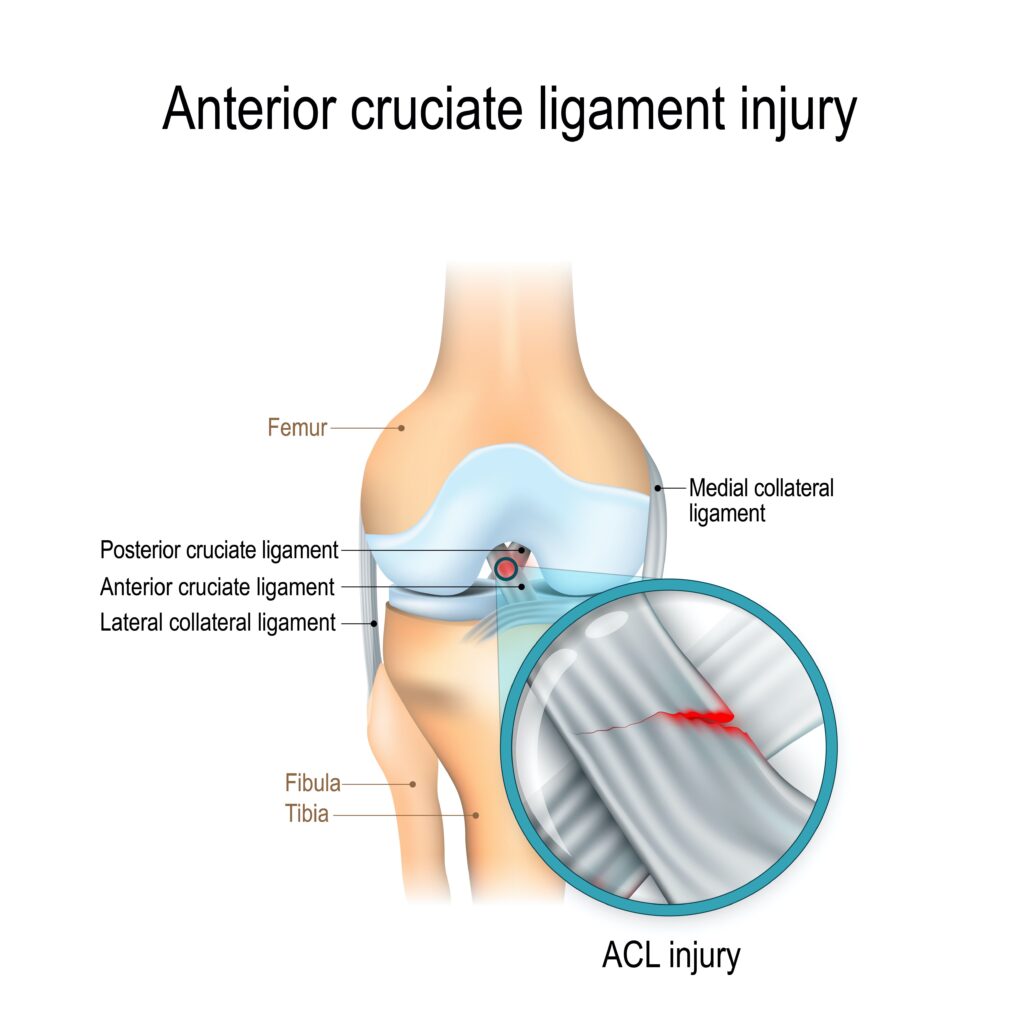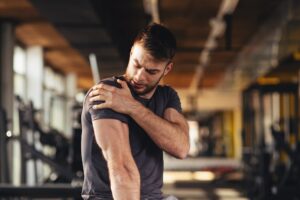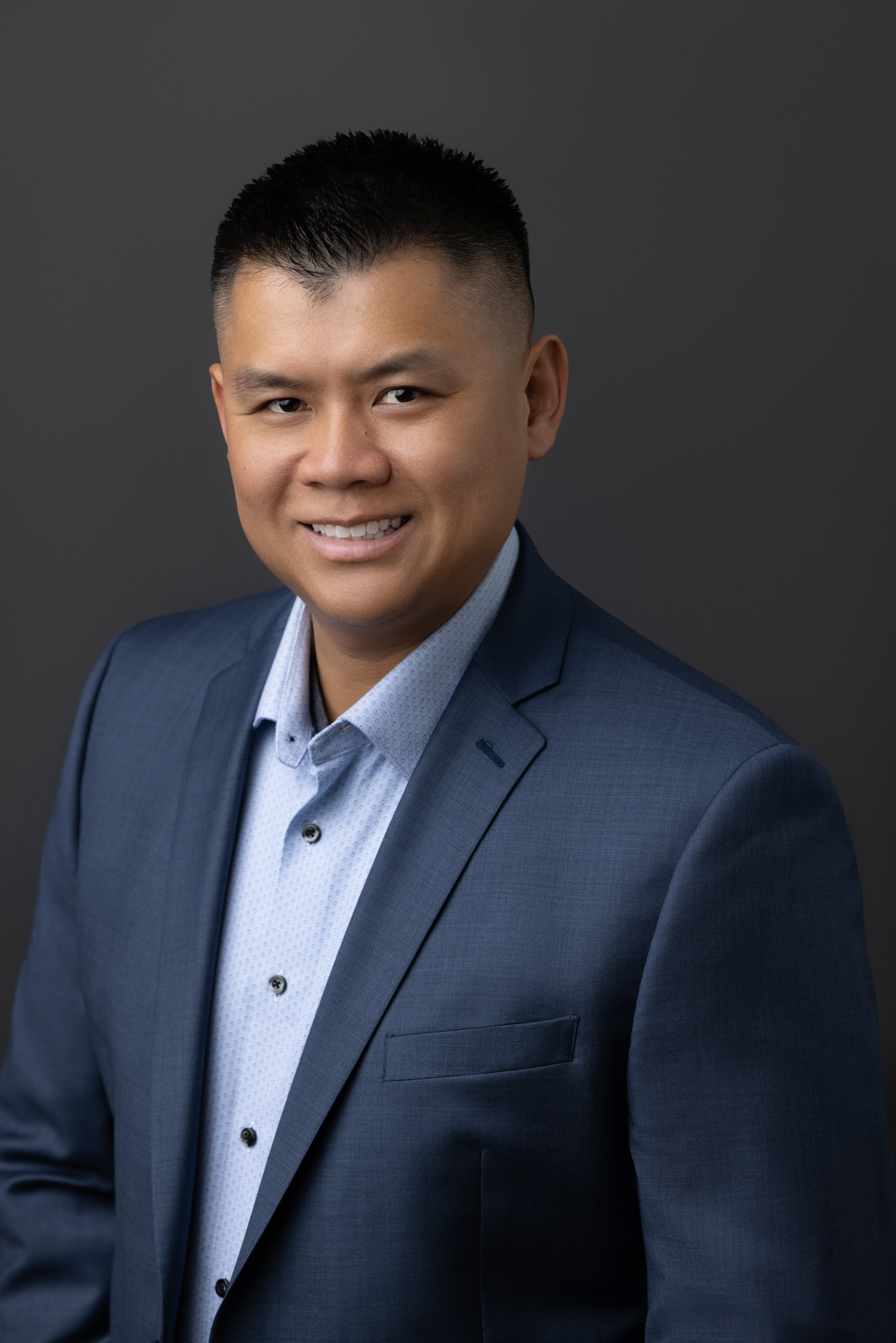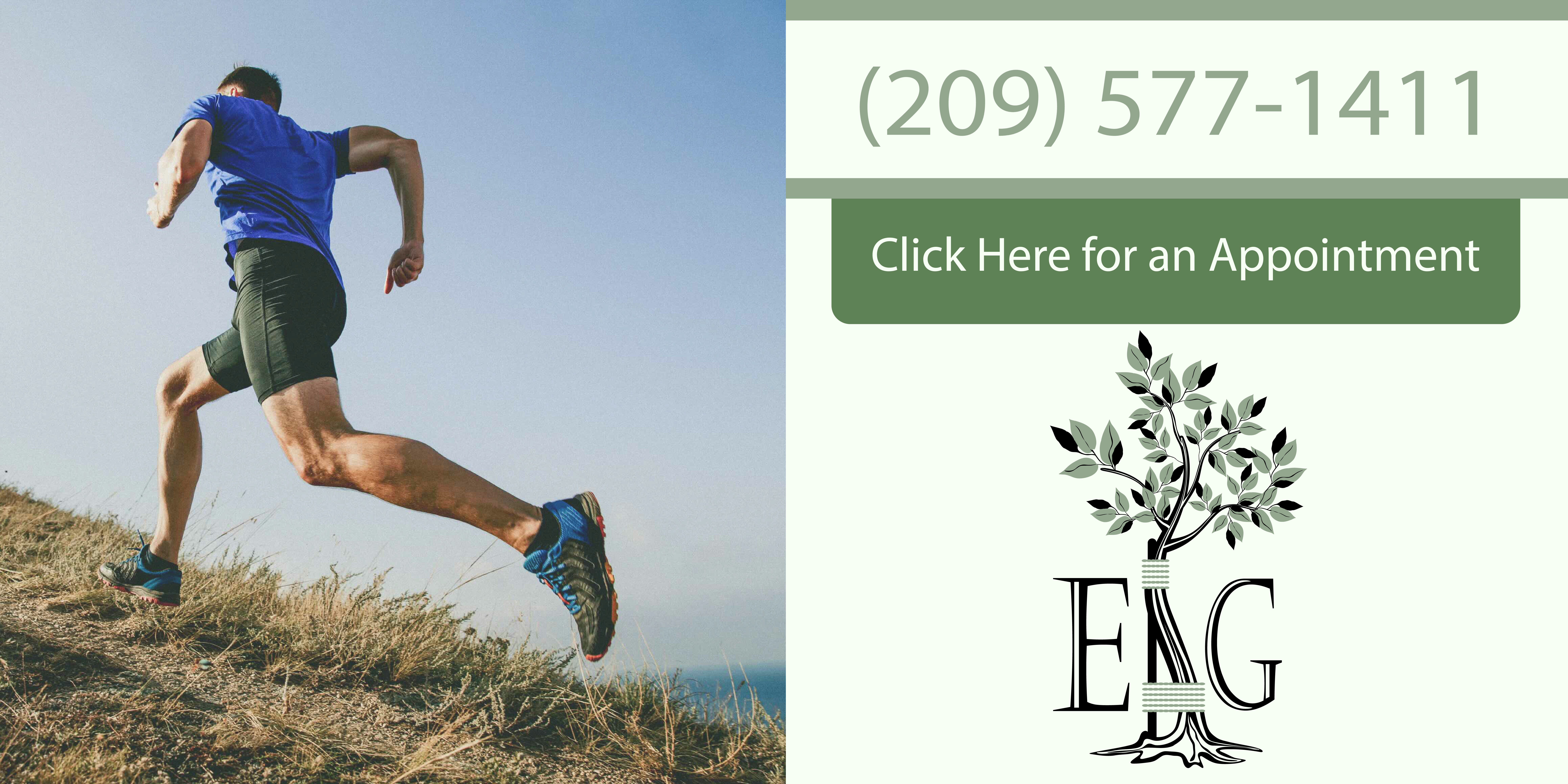Overview of ACL Reconstruction Surgery: Autograft vs. Allograft
ACL reconstruction surgery is a common orthopedic procedure used to repair or reconstruct the anterior cruciate ligament (ACL). Ligaments are strong bands of tissue attaching one bone to another bone, such as the ACL. This ligament is found in the center of the knee and connects the shin bone (tibia) to the thigh bone (femur), providing stability. A tear of this ligament can cause your knee to give way during physical activity, most often during side-step or crossover movements.
ACL reconstruction surgery involves removing the damaged or torn ligament and replacing it with a band of tissue that often in this case, connects muscle to bone (tendon). The graft tendon is either taken from another part of your knee called an autograft, or by using a donor tissue called an allograft. I will discuss both options in this blog post.

What is an Autograft?
An Autograft is a tissue transplant taken from the patient’s own body, and harvested from either their hamstring tendon, patellar tendon, or quadriceps tendon. Because the graft is taken from the patient’s knee, rejection and the risk of infection is lower, however there is typically more postoperative pain associated with this technique.
What is an Allograft?
An Allograft is a tissue transplant from a donor and is commonly used for ACL reconstruction. Allografts are typically tendon or ligament and require no additional harvesting, allowing recovery time to be shorter than with an Autograft.
What graft is right for you?
When choosing which ACL graft type is best for the patient, several factors must be taken into consideration. These include age of the patient, type and size of ACL tear, activity level prior to injury, presence or absence of knee instability, weight-bearing status at time of surgery, and any associated meniscus tears.
When considering age and high activity levels, an autograft is the best option if you’re under 30 years old. A younger patient’s immune system is typically stronger and could attack an allograft (donor graft) as invasive tissue. An older individual’s immune system is usually weaker and less likely to attack the graft, making an allograft the better choice.
Often, the surgeon will make the final decision on type of graft once they are in surgery and visually see what they are working with and what graft would be the best for the individual patient.
Preparing for ACL Reconstruction Surgery
Before ACL reconstruction surgery, I have my patients undergo a physical examination and imaging tests. These tests will help determine what kind of damage has occurred and help us plan what graft is best for the individual patient.
Once you are in surgery, your surgeon will remove your damaged ligament and replace it with the determined graft. Your surgeon will drill small sockets or tunnels into your thighbone and shinbone to accurately position the graft. He will then secure the graft to your bones with screws. The graft will serve as framework on which new ligament tissue can grow, helping to provide strength and stability.
Post-surgery
After surgery, you will get to go home the same day. You will be given instructions on how to control swelling and pain by the medical staff. Resting with your leg elevated and applying ice will be important following surgery.
Rehabilitation, including physical therapy will help to ensure a successful ACL reconstruction and help regain strength and mobility. I encourage my patients to strive to regain a range of motion equal to their opposite knee within the first few weeks following surgery. Generally, recovery takes about nine months. It may take eight to twelve months before athletes can return to their sports.
FAQ:
What is ACL reconstruction surgery?
ACL reconstruction surgery is a common orthopedic procedure used to repair or reconstruct the anterior cruciate ligament (ACL) using a graft.
What is an Autograft?
An Autograft is a tissue transplant taken from the patient’s own body, and harvested from their hamstring, patellar, or quadriceps tendon.
What is an Allograft?
An Allograft is a tissue transplant from donor and is commonly used for ACL reconstruction.
Do I get to pick which graft will be used?
You and your doctor will discuss the different graft options and will take into consideration several factors that will help determine the best fit for you. Sometimes the graft will be decided once in surgery, after seeing the ligament damage.
What are the advantages of Autograft?
- A lower re-rupture rate in younger, active patients
- No graft rejection
- Faster incorporation
What are the disadvantages of Autograft?
- More post-operative pain
- Potential for a second scar over the area where the tissue is harvested
What are the advantages of Allograft?
- Less post-operative pain
- Smaller scars
- Easier rehabilitation
- No graft harvest site issues
What are the disadvantages of Allograft?
- A higher re-rupture rate, especially in young, active patients
- A small risk graft rejection
- Higher cost
How long does ACL reconstruction surgery take?
ACL reconstruction surgery typically takes 1 hour to complete.
Will I get to go home after surgery?
Yes, you will be sent home with crutches the same day after surgery
Will I have to wear a brace?
Your surgeon will decide if you need to wear a brace and for how long.
How long is recovery?
Generally, recovery takes about nine months. It may take eight to twelve months before athletes can return to their sports.
Will I need physical therapy?
Rehabilitation including physical therapy will help to ensure a successful ACL reconstruction and help regain strength and mobility. I encourage my patients to strive to regain a range of motion equal to their opposite knee within the first few weeks following surgery.
If would like to schedule a consultation with Dr. Giang regarding ACL reconstruction, please give us a call or request an appointment using the form below.
"*" indicates required fields






